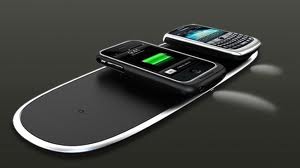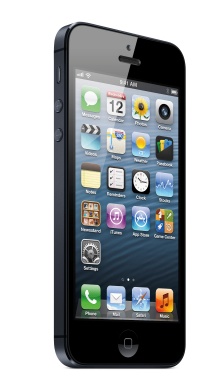Posted by Greg Mills
Sometimes electronic devices seem almost magic. Charging pads that are sort of like a small place mat have a wire that leads off to an electrical outlet. Rechargeable electronic devices like a cellphone or iPod are simply placed on the mat, face up and the device comes to life with the battery charging screen coming on.
The science behind that magic is called electrical induction. There is a coil of wire or such in both the mat, hidden under a thin layer of plastic or glass and also a coil hidden in the back of the electronic device that is hooked up to a battery charging circuit. When the coil in the mat is energized with electrical energy the loop in the device is also energized enough to charge the battery when they are close.
While it may seem wasteful for the mat to be running all the time waiting for an iPhone to be placed upon it, the transformer bricks use for all electronic devices have a similar coil to coil placement in them where one coil is always hot. When a brick is plugged in, it is using power all the time, not just when the device is jacked in.
For future Apple iOS devices to do this trick would not be expensive. It would require Apple build in a loop into the back of the devices so the electromagnetic energy can be received by the charging circuit of the device.
The amount of power wasted by transformer bricks that are plugged into the wall, but not plugged into a device and standby power amount to a considerable amount of wasted energy. Did you know a SonyPlay Station 3 uses something like 150 watts when it is off but on standby mode? Standby mode is common in TV set and other appliances. Standby mode allows “instant on mode” instead of requiring a 30 second warm up for your TV to come on.



